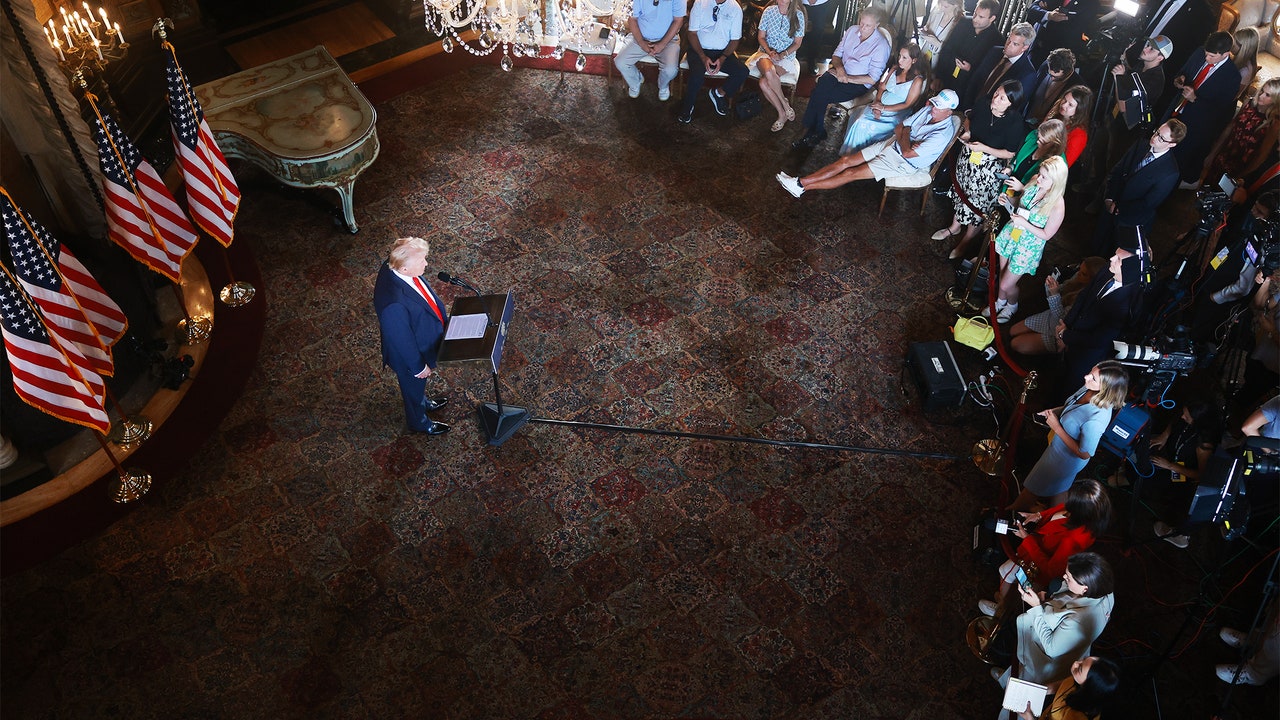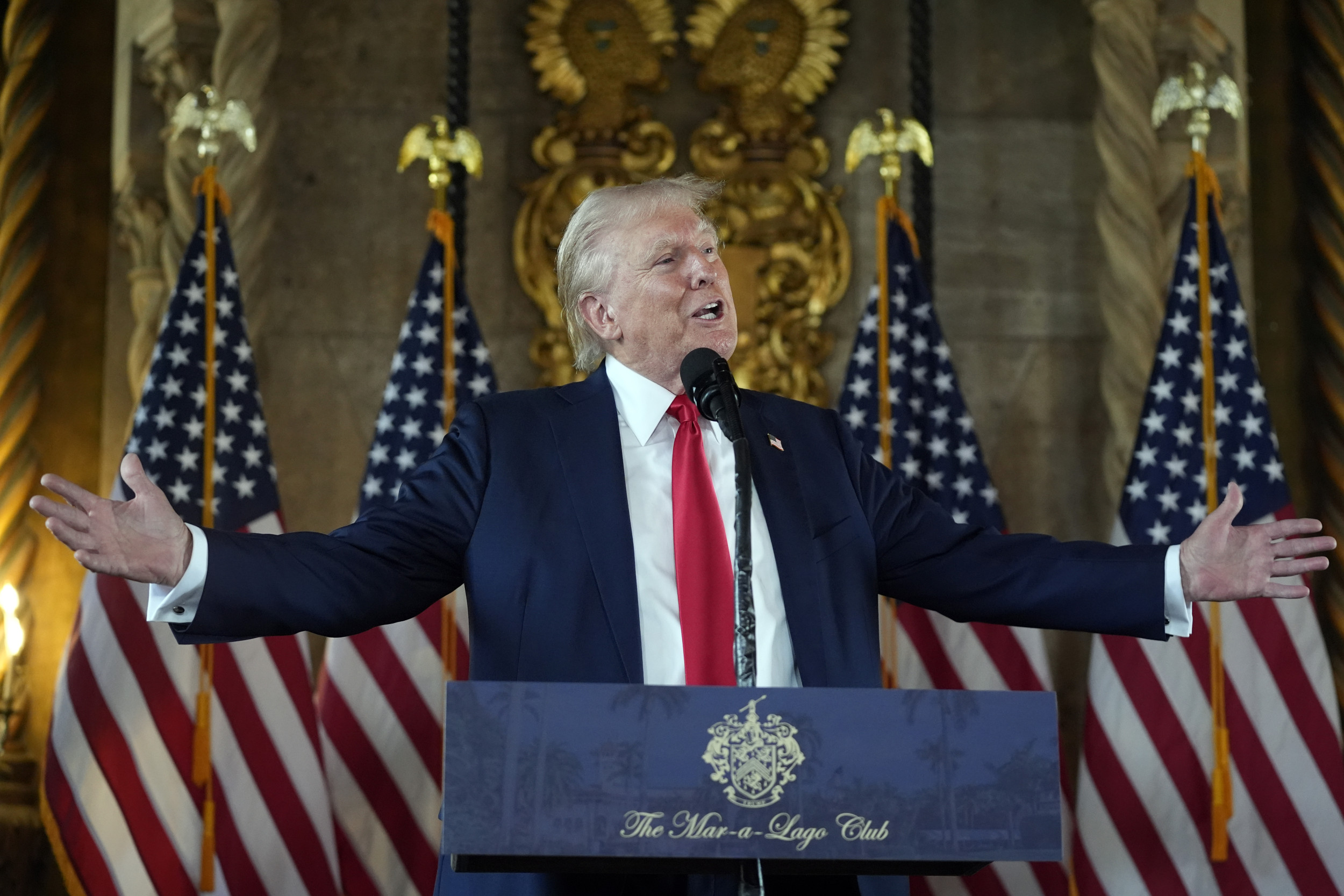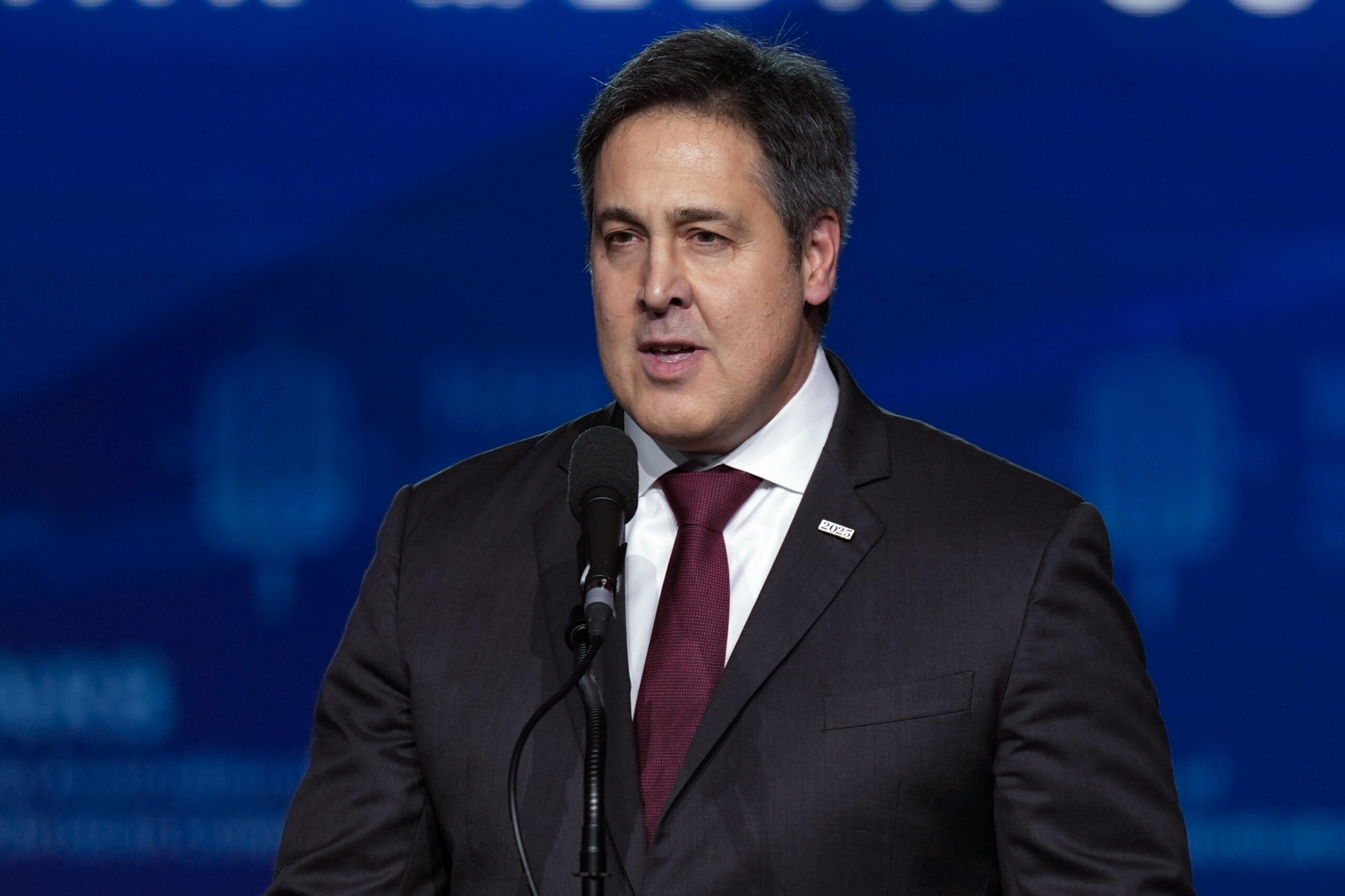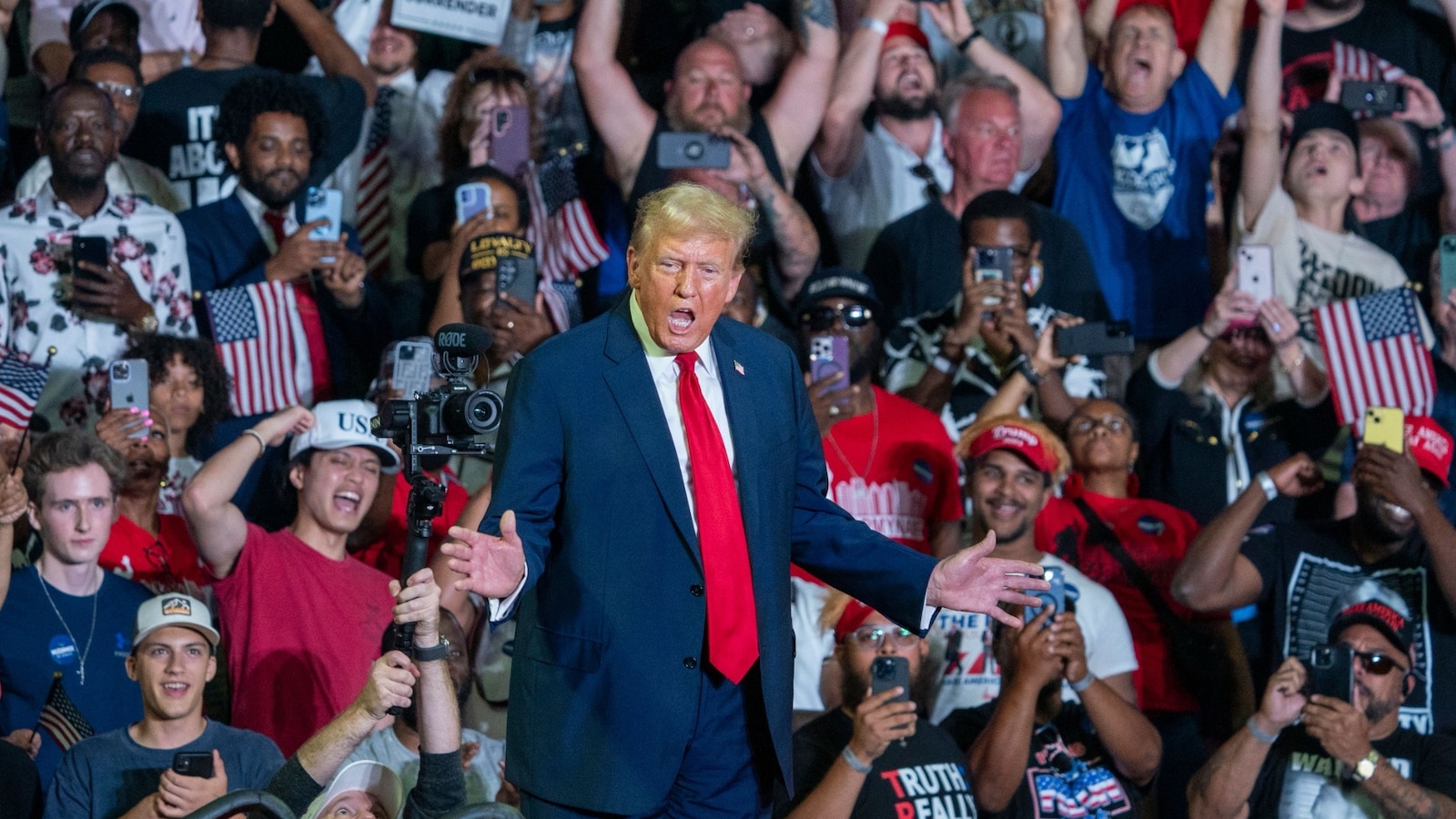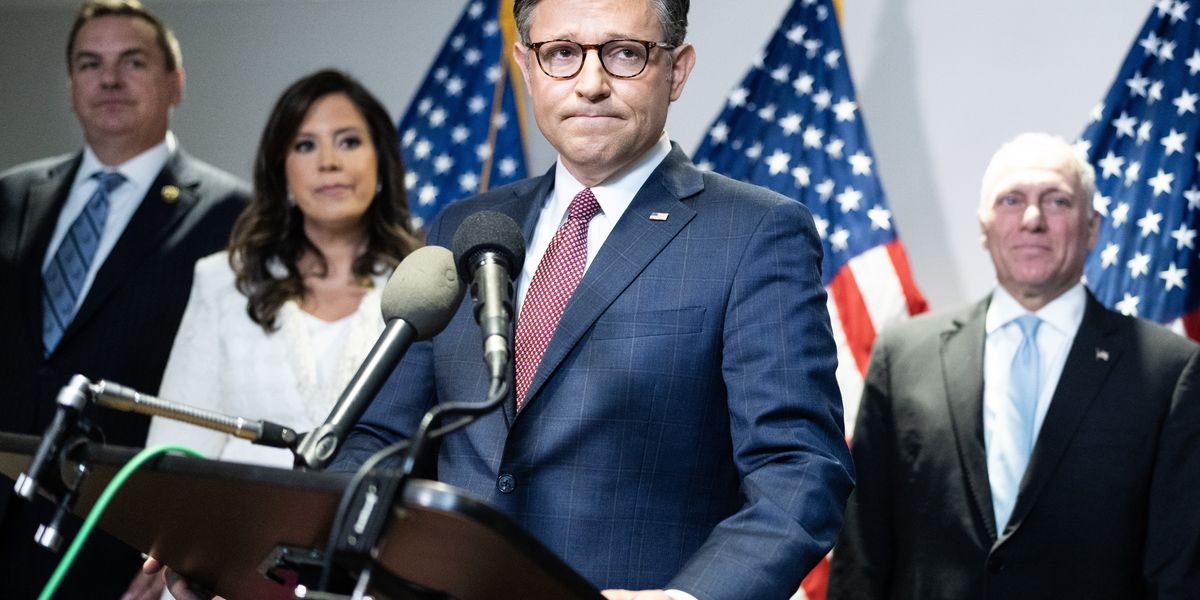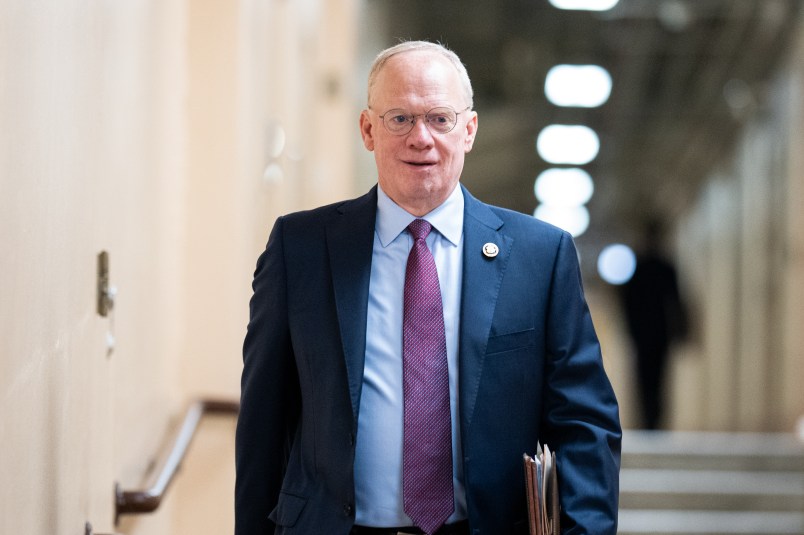Originally by Condé Nast at www.vanityfair.com
The reasons for concern are obvious. The one area in which Trump has had clear success during his first term and on the campaign trail has been in undermining public confidence in the media and deepening polarization. Trump has threatened, cajoled, belittled, demeaned, and diminished individual journalists, particularly women journalists, from New York Times reporter Maggie Haberman to former Fox anchor Megyn Kelly. He even went after Graydon Carter, the former editor of this magazine. These efforts, along with attacks on specific news organizations and the media as a whole, have softened up public opinion in a way that could enable a renewed assault on press freedom.
During a lifetime as a press freedom advocate, I have seen how autocratic leaders consolidate power. From Russia to Turkey to Venezuela to Hungary, the process begins with isolating and vilifying independently run media outlets and making the case that they exist to serve the elite and are part of the political opposition. In too many instances, the media itself facilitates that process by playing to these stereotypes. This is not to suggest that the US would become an autocracy in Trump’s second term, though such an outcome is possible. But when it comes to curbing the power of the free press, the authoritarian playbook is firmly established. Trump knows it well.
In recent weeks, candidate Trump has sought to distance himself from Project 2025, the aspirational policy agenda for his second term, assembled by the conservative Heritage Foundation. Still, the more than 900-page manifesto remains a useful blueprint for the potential priorities of a second Trump presidency. The overarching ambition of Project 2025 is to help its framers’ designated candidate take full control of the federal bureaucracy and dismantle what the plan calls the “administrative state.” There are several sections that address the incoming executive’s relationship with the press. White House correspondents from legacy media, for example, should not assume they would continue to have the access they have enjoyed for decades. “No legal entitlement exists for the provision of permanent space for media on the White House campus, and the next Administration should reexamine the balance between media demands and space constraints on the White House premises,” Project 2025 states.
Project 2025 calls for defunding the Corporation for Public Broadcasting, a longstanding Republican goal. In the view of the Project 2025 draftees, government funding for National Public Radio and the Public Broadcasting Service is an abomination, given those outlets’ liberal bias. To justify this view, the authors cite none other than Thomas Jefferson, who once declared, “To compel a man to furnish contributions of money for the propagations of opinions which he disbelieves and abhors, is sinful and tyrannical.” The Project 2025 prospectus suggests that NPR and other public broadcasters should survive (or not) based solely on contributions from members, corporate grants, and advertising. But this ignores the reality that government funding from the CPB supports public radio in rural and, in many cases, marginalized communities, where opportunities for fundraising are limited.
Project 2025 also singles out the US Agency for Global Media, the organization that Michael Pack briefly led during Trump’s first term. The USAGM oversees VOA, Radio Free Europe/Radio Liberty, and other broadcasters. “To fulfill its mission, USAGM should also aim to present the truth about America and American policy—not parrot America’s adversaries’ propaganda and talking points,” the report notes. It calls for bringing these news and opinion outlets directly under the control of either the National Security Council or the State Department. The risk of such a realignment is that these broadcasters have long been an integral part of a sophisticated exercise of US soft power that models to people around the world the benefits of a free press, including critical reporting on US policies.
Beyond these specific media targets, however, Project 2025 and Trump’s own statements suggest that he would intend to make his second term a far more ruthless and efficient operation. In his first term, for instance, Trump proposed siccing the IRS on his enemies, according to John F. Kelly, his former chief of staff. Press freedom advocates I have spoken with believe the courts will continue to offer some relief, at least initially, by pushing back on individual cases. But the landscape may well evolve over the course of another four-year term as Trump would be in a position to appoint more federal judges.
The biggest advantage Trump would enjoy in a second term, though, would be the shift in the information environment. Trump’s ability to communicate directly with his supporters, curtailed briefly after the January 6 Capitol riot when Trump was booted off Facebook and Twitter, has been restored and may even be stronger. No one is going to expel Trump from Truth Social; he is the majority owner of the company that runs it, Trump Media & Technology Group. Twitter, or X, is now in the hands of Trump ally Elon Musk who, in a two-hour “conversation” with the former president, broadcast on the platform earlier this month, appeared to be relishing his role as Trump’s amplifier in chief.
Local news is in a state of crisis across the country. Local outlets, whether online or in print, have often been replaced by nonprofits or by national franchises that aggregate news and information. While local journalists are not generally the targets of Trump’s wrath, the demise of smaller regional news organizations, which tend to garner a higher level of trust among their readers and viewers, means that more people are turning to national networks like Fox News, CNN, and MSNBC to get their news, deepening polarization. The rise of Newsmax and One America News hems in Fox News, which doesn’t want to lose audience to the far-right outlets and, for this and other reasons, continues to remain a reliable Trump megaphone. The Washington Post, which played a critical role in challenging Trump during his first term, is in turmoil, with a scandal-plagued publisher, Will Lewis, who has been given the tall order of making the news organization profitable. While owner Bezos has by all accounts stood firmly behind the newsrooms and has not interfered in editorial coverage, he is also a businessperson who does not like to lose money. If Trump can find a way to put the squeeze on Lewis and Bezos, will they flinch?
One reason the media was able to fight back during the first Trump administration was that a number of outlets were making money, hand over fist. The bizarre and often transgressive nature of Trump’s behavior and the hyperpoliticized environment kept people glued to their cell phones, laptops, and TV sets. Readership surged at places like the Times and the Post. Online subscriptions spiked for The Atlantic, The New Yorker, Vanity Fair, and other purveyors of news that held the Trump administration to account. But no such Trump bounce can be assumed in a second term.
More Americans—especially young Americans—get their news from social media, including TikTok and Instagram, where the news cycle is often driven by memes. The declining influence of traditional media means that when these institutions do come under attack, they have less power and fewer resources to defend themselves. There’s also a risk that a Trump victory would be so demoralizing to a large percentage of voters that many would become exhausted, resigned, and apathetic, choosing to simply tune out.
“I think, in political environments of authoritarianism,” says Suzanne Nossel, the CEO of PEN America, a leading organization defending free expression, “people can turn away from the civic sphere out of a sense that they have no agency and they don’t know what to believe. And it becomes frustrating and disempowering. I don’t think we’re at that point.”
I hope Nossel is right. But, then again, a wave of anti-Trump political activism during a second term would pose its own risks for the press, particularly if such protests played out in the streets. Trump could push political allies to ensure that local police use violence to quell demonstrations. He could again deploy federal law enforcement, as he did in response to protests in Portland, Oregon, in June 2020. Trump could even invoke the Insurrection Act, sending the National Guard into the fray. Well over 100 journalists were arrested or detained while covering the 2020 social justice demonstrations that surged in the wake of the murder of George Floyd, and hundreds more were assaulted, mostly at the hands of the police.
“Troops would be even worse,” contends Mike Christie, who led global security at Reuters until the end of 2023 and is now a media safety consultant. “Soldiers are trained to fight. So if the Insurrection Act does get abused in any way and you have National Guard or even soldiers policing protests against the Trump administration, how dangerous are they going to get?”
Jodie Ginsberg, my successor as head of CPJ, tells me the organization has recently carried out a detailed evaluation of press freedom and media safety during a possible second Trump term that includes consideration of the worst-case scenarios. “Our approach is to treat the US the same way we treat anywhere else,” Ginsberg says, noting that the CPJ staff has considered the experiences in places like Brazil and Hong Kong to better understand the challenges journalists face when democratic institutions are under assault. Ginsberg anticipates that Trump will revive the same tactics he employed in his first term—applying regulatory pressure, threatening legal action, pursuing leak investigations, and inveighing against “fake news.” She worries that CPJ itself, as a leading defender of press freedom rights, could come under attack. She is investing in more safety training for the staff and would, if necessary, consider moving more of CPJ’s operations outside the US to avoid administrative constraints. She recommends that media organizations undertake a similar risk assessment process.
Of course, there is another scenario—one that at this stage is equally likely. Trump may lose. But it’s doubtful that Trump or his supporters would accept the results, and this could lead to protests, and even unrest that could last for weeks, months, or longer. Trump would certainly blame the media for playing a role in his loss—and so journalists covering pro-Trump demonstrations could expect to be treated with hostility and contempt, as occurred during the January 6 revolt.
While a Kamala Harris–Tim Walz administration is not going to go to war with the press, there is no evidence that it would be particularly friendly. Harris has granted only occasional sit-down interviews as vice president, and none so far during her campaign. Even Biden—whose administration pursued many pro-press-freedom policies as president, including implementing Justice Department guidelines limiting the ability to subpoena journalists or their records—lashed out at the media’s coverage of his disastrous debate performance in June. He implied that the media was in cahoots with the “elites,” seeking to sabotage his reelection—a particularly Trumpian framing.
That said, the contrast between a Harris and Trump presidency is stark, and Ginsberg is right that journalists and media organizations need to prepare for the worst case. Ideally, that means carrying out risk assessments, increasing safety training, investing in safety equipment, and staffing up legally, all of which are hugely challenging for media organizations facing enormous financial constraints. A parallel effort that news teams should consider involves instituting more systemized procedures for monitoring and responding to online security threats from politically motivated cyberattacks, from hackers seeking to compromise information and data, and from trolls who go after individual writers or institutions because of the views expressed in their articles or social media posts.
Read the Original Story
